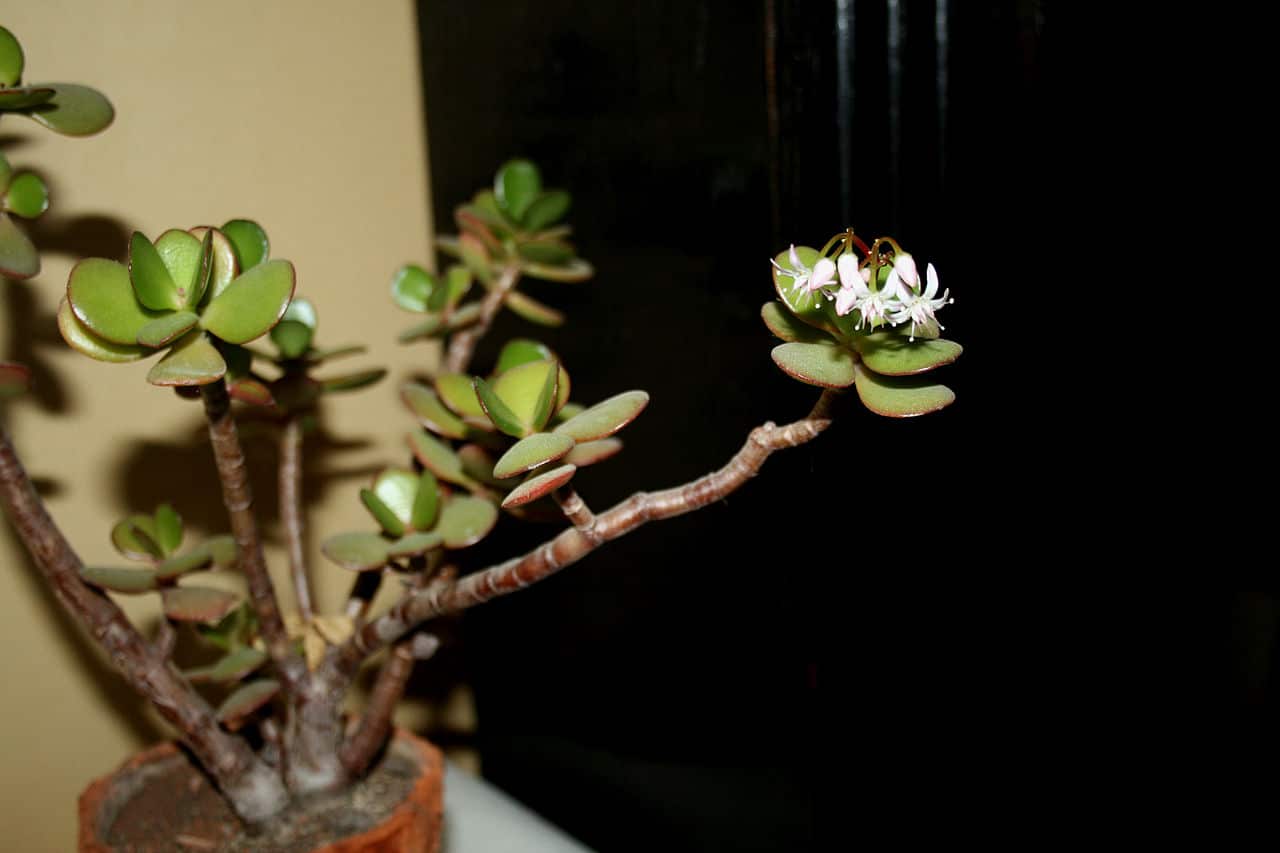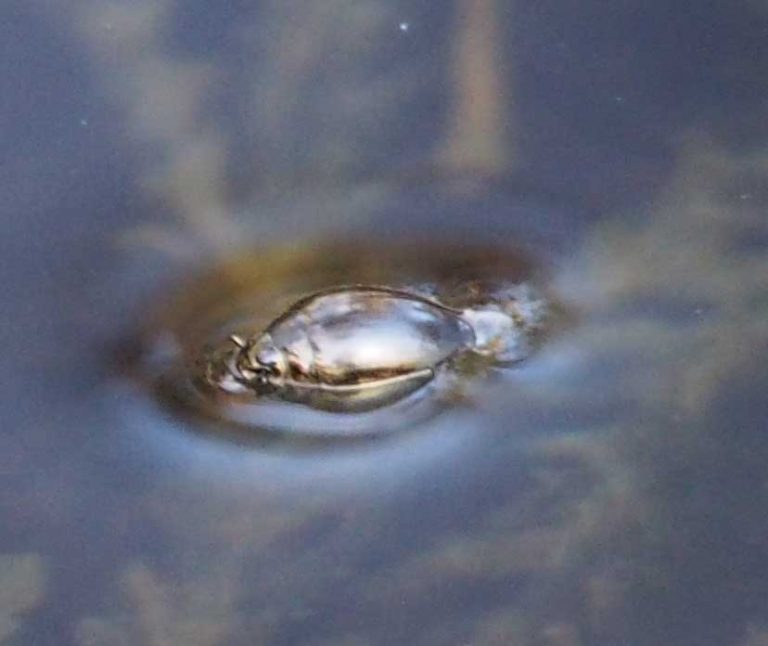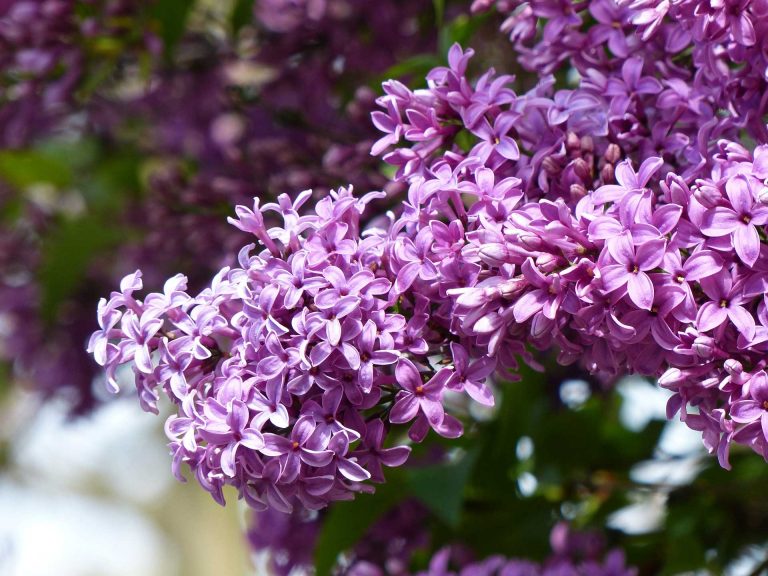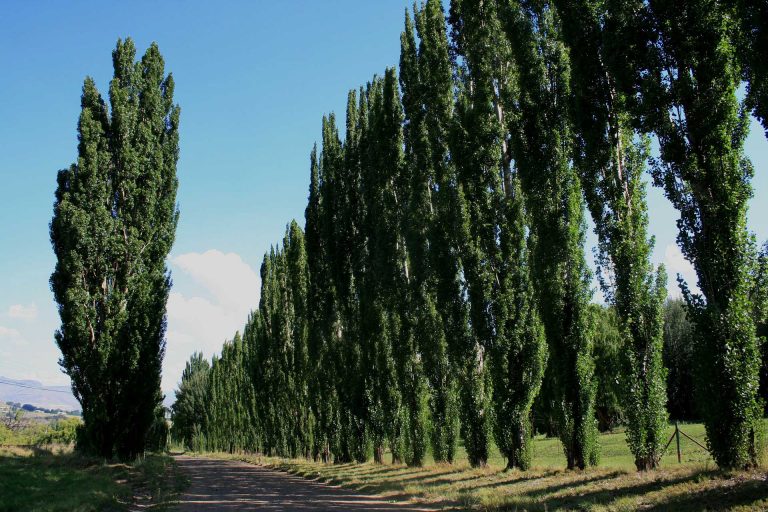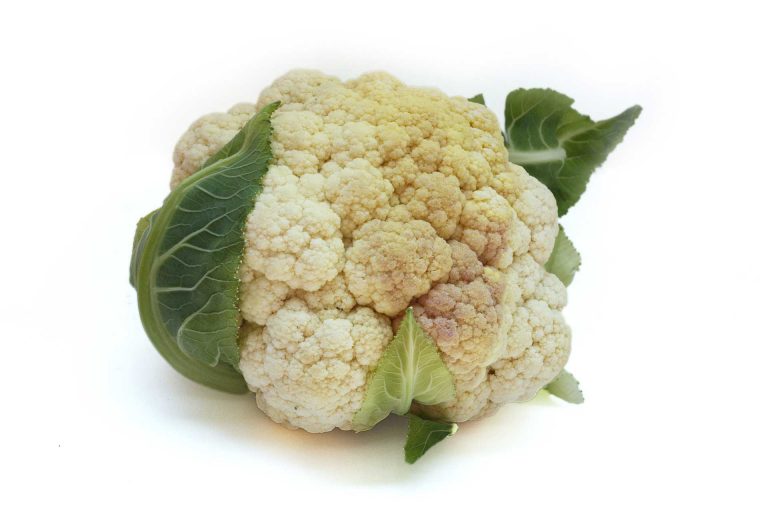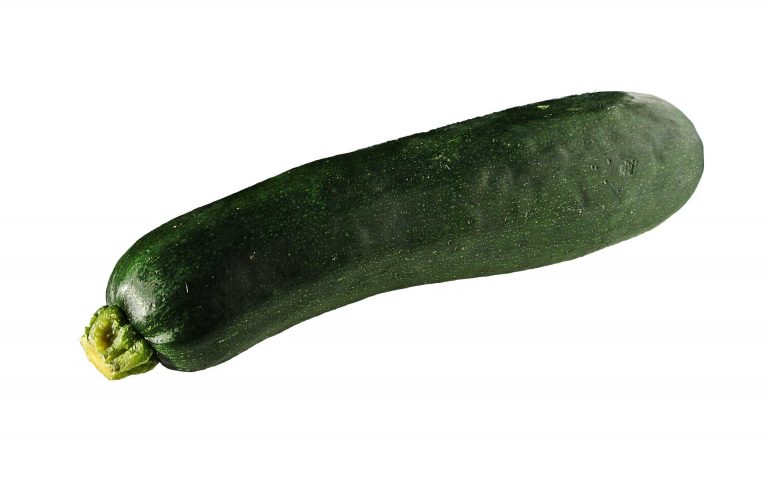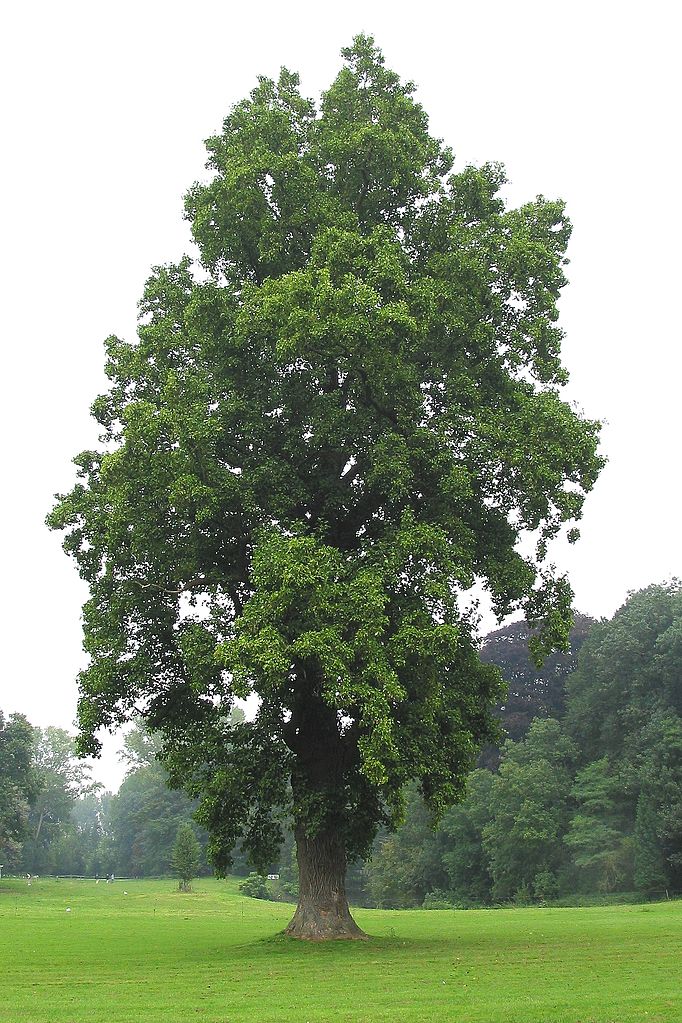Jade Plant
Scientific Classification
| Kingdom: | Plantae |
| (unranked): | Angiosperms |
| (unranked): | Eudicots |
| (unranked): | Core Eudicots |
| Order: | Saxifragales |
| Family: | Crassulaceae |
| Genus: | Crassula |
| Species: | C. Ovate |
| Binomial name: | Crassula ovata |
A Jade plant, commonly known as Crassula Ovata, is a succulent plant that bears white and pink colored flowers. The other synonyms for this plant are friendship Tree, Dollar Plant, Money Plant and Lucky Plant. It has originated from South Africa, and can be seen everywhere in that country, as well as in many other regions, as a houseplant.
Anatomy
The Jade plant is a compact, well-branched, evergreen and rounded shrub. It attains around 1 to 3 m height with oval, dark grayish green, smooth and shiny succulent leaves. These leaves have 30 to 90 mm length and 18 to 40 mm width. These leaves have a pointed tip, and the edges appear to be in a red shade due to more exposure to the bright and hot sunlight. The stout stem appears to be the same texture and color of the leaves in the beginning, but as time passes, it turns into a woody and brown shade. The branches are stubby and short, but well-proportioned. These succulent branches have a grayish green shade which turns into brownish strips after some years. This shrub also possesses sweetly scented, pink shaded flowers having a star shape. They are found in a rounded tight bunch during the month of June to August in a cool climate. These flowers turn into small capsules that hold many tiny seeds.
Distribution
This Jade plant has populated vegetation in the Eastern Cape and the valley of Kwa Zulu-Natal. The thick vegetation present in those areas consists of mainly the Jade plant along with Euphorbia, Portukacaria Afra, Aloes and other succulent plants. It can also be found in Willowmore to the eastern parts of the London as well as towards the north near the KwaZulu-Natal and Queenstown, where it is seen near the rocky hillsides.
History
The first description of Crassula Ovata was made in England during the year 1768. The word Crassula was derived from the Latin word ‘Crassus’, meaning fat or thick, which refers to the fleshy body of the plants in that genus. The meaning of the word ‘Ovata’ is egg-shaped, referring to the oval shaped leaves. In the olden times, the Africans and Khoi tribes consumed the roots of these plants. These roots were grated and cooked as a delicacy, which they ate with milk. These people also made use of the leaves for the medicinal purpose. To make the medicines, it was boiled in thick milk to treat diseases like epilepsy, diarrhea, purgative and corns. In other regions like the USA and Germany, these plants were cultivated as a belief that it will bring good luck in the financial condition, and so they were cultivated in square porcelain pots or tubs.
How to Grow at Home
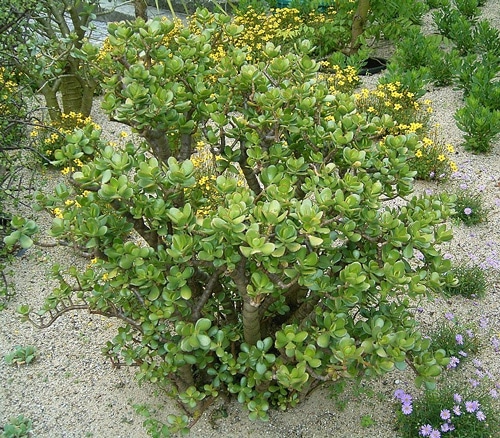
Temperature
A Jade plant requires a temperature of around 65 to 75 degree F in the daytime, and from 50 to 55 degree F in the night time. It requires bright sunlight to bloom; hence place it in a sunny location. The plant should get enough air circulation to prevent scorch experienced in hot and humid climates. While introducing this plant from the shaded to sunny location, you should gradually acclimatize it, like, first keep it for a few hours in the sun, and then increase the hours each day until it can withstand the full sun. If directly placed in the full sun, the leaves may get burned or damaged. Similarly, these plants can tolerate cold climates above the freezing point. But the soil must be kept frost free and dry.
Watering
The Jade plant requires more water, but it doesn’t prefer to be in soggy condition. The best option is to water it well, and then let the soil dry completely before the next watering. Water should be poured into the soil and not on the foliage, or it may cause fungal infections or mildew, due to the humidity. Watering is essential, especially when the lower leaves turn soft or wrinkled. It will help to rejuvenate those leaves, showing the sign that the roots are in good condition. Sometimes, lack of water can also cause dropping of leaves. If you water regularly and still the dropping of leaves continues, then do not immediately assume that it is due to less watering, instead you can remove the plant from the pot carefully and check its roots. Pests damaging the roots can also cause the leaves to drop. So, after removing the plant from the pot, check for the pests like root mealy bug. Over watering is harmful, and can cause many problems. It can cause root rotting, which will hinder the growth of this plant.
Soil and Fertilizer
A Jade plant requires regular soil change, and cannot be cultivated in the same pot for years. They need regular re-potting into new soil condition and slightly spacious pots, which will benefit their healthy growth. They do not need any particular type of soil, and any common compost will suit them. But like other succulent plants, they too prefer a well draining soil with added grit or sand up to one third of the soil. Compost containing peat should be avoided as they increase the chance of pest problems. During the growing period, providing fertilizers with every watering will be beneficial. But care must be taken to apply only one third of the recommended dosage. The leggy growth can be avoided by using a low nitrogen fertilizer.
How to Propagate
The propagation of a Jade plant can be carried out with the help of one healthy leaf. Keep the leaf in a leaning position to the side of the container or pot. The base of the leaf must touch the top part of the soil. This plant does not require water to propagate. After some days, you can see the leaf producing roots along with the formation of new plant. Then you can start watering the plant. The quickest method to propagate this plant is by stem cutting method. In this method, you have to dry the cut end part for many weeks as a safety measure. Then plant it in a dry soil. You can apply water to the plant after two to four weeks. It will grow successfully.
Pests and Diseases
These plants can be affected by mealy bugs and red spiders. The white fluffy content on the stems and roots are developed by the infestation caused by the mealy bugs. Do not use Pyrethein based or Malathion s insecticide spray on this plant. Instead, use Imidacloprid-based insecticide along with the regular watering that will keep away most of the pests and diseases for many months. Preferably, take your houseplant outdoors while applying insecticides, and strictly wear hand gloves and a face mask to protect your skin from these harmful chemicals.
Care
Keep this succulent plant clean, and discard or pull off the old and decayed leaves. Remove any dropped leaves from the surface of the soil, as it can provide the hiding place for many harmful pests. Examine the plant regularly with a magnifying glass to protect them from small pests.

Having discovered a fondness for insects while pursuing her degree in Biology, Randi Jones was quite bugged to know that people usually dismissed these little creatures as “creepy-crawlies”.

